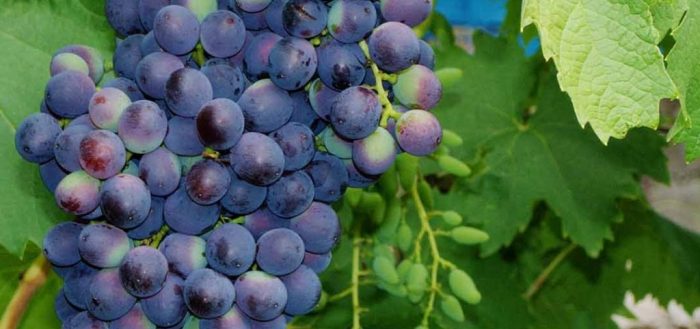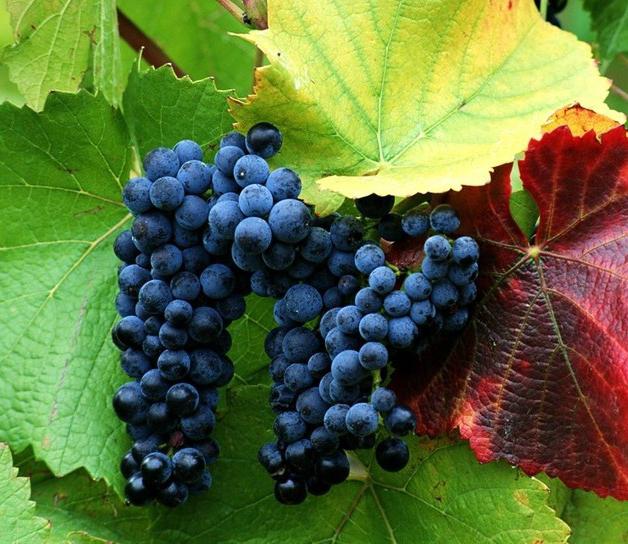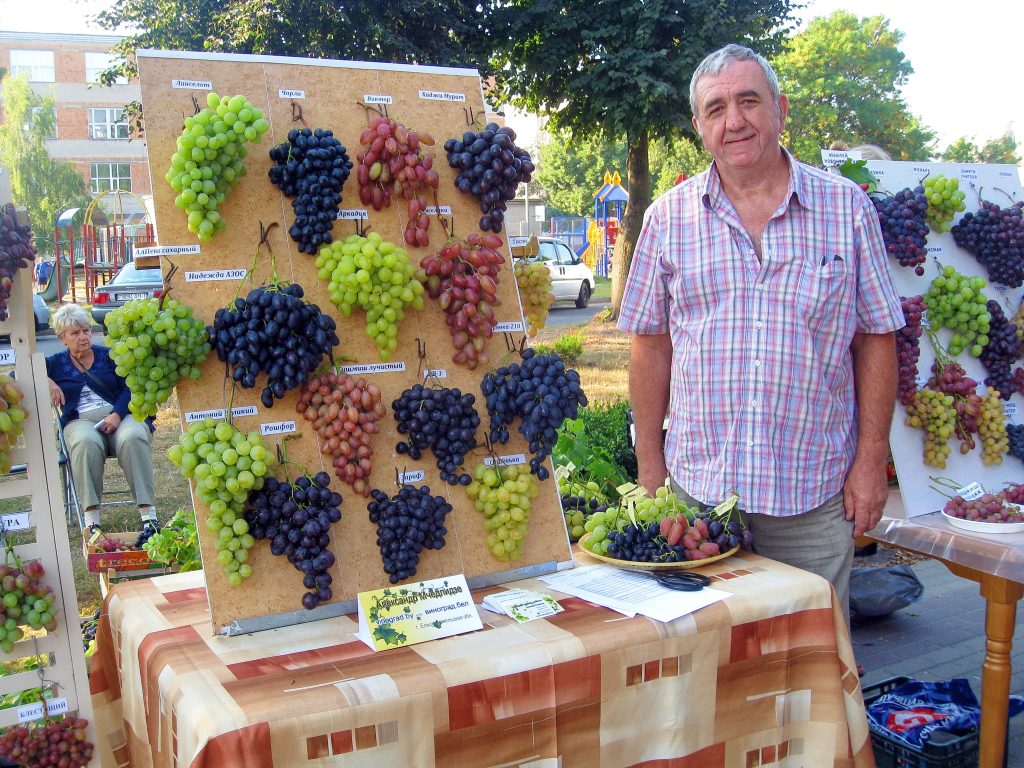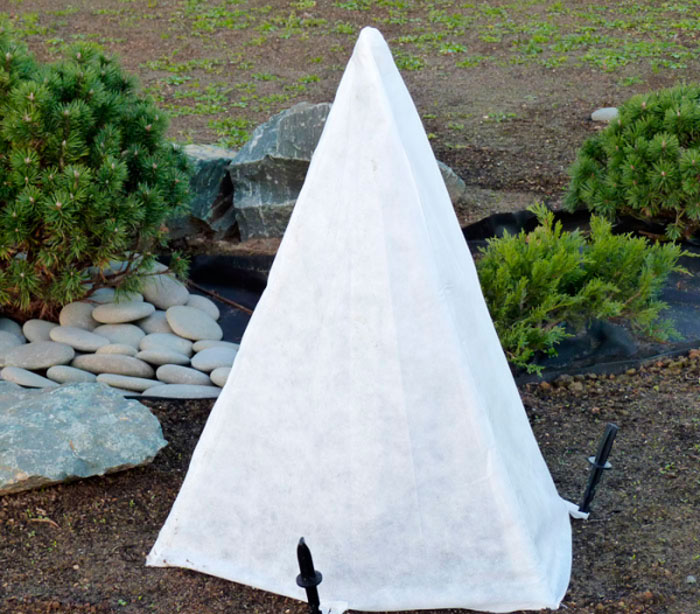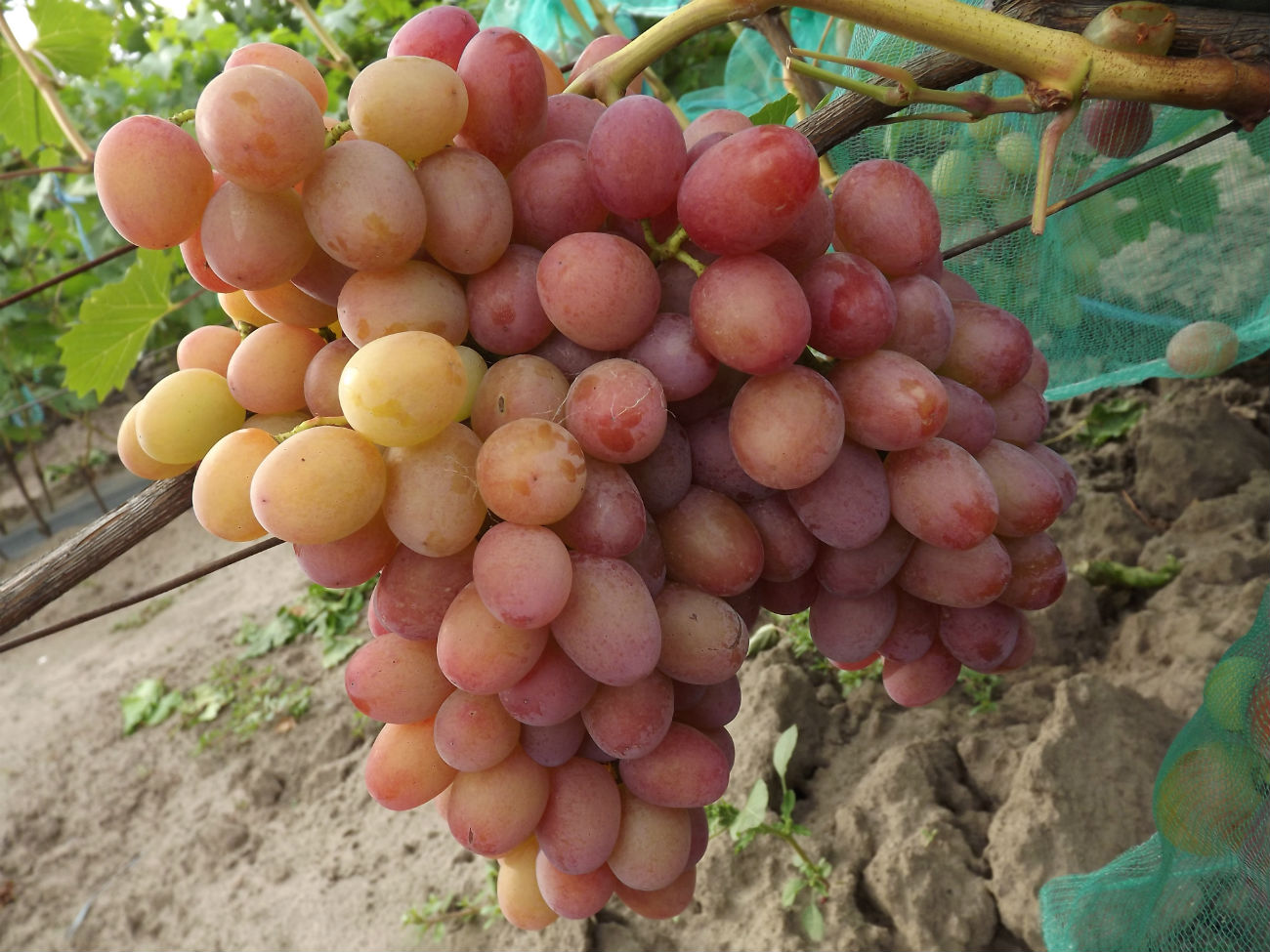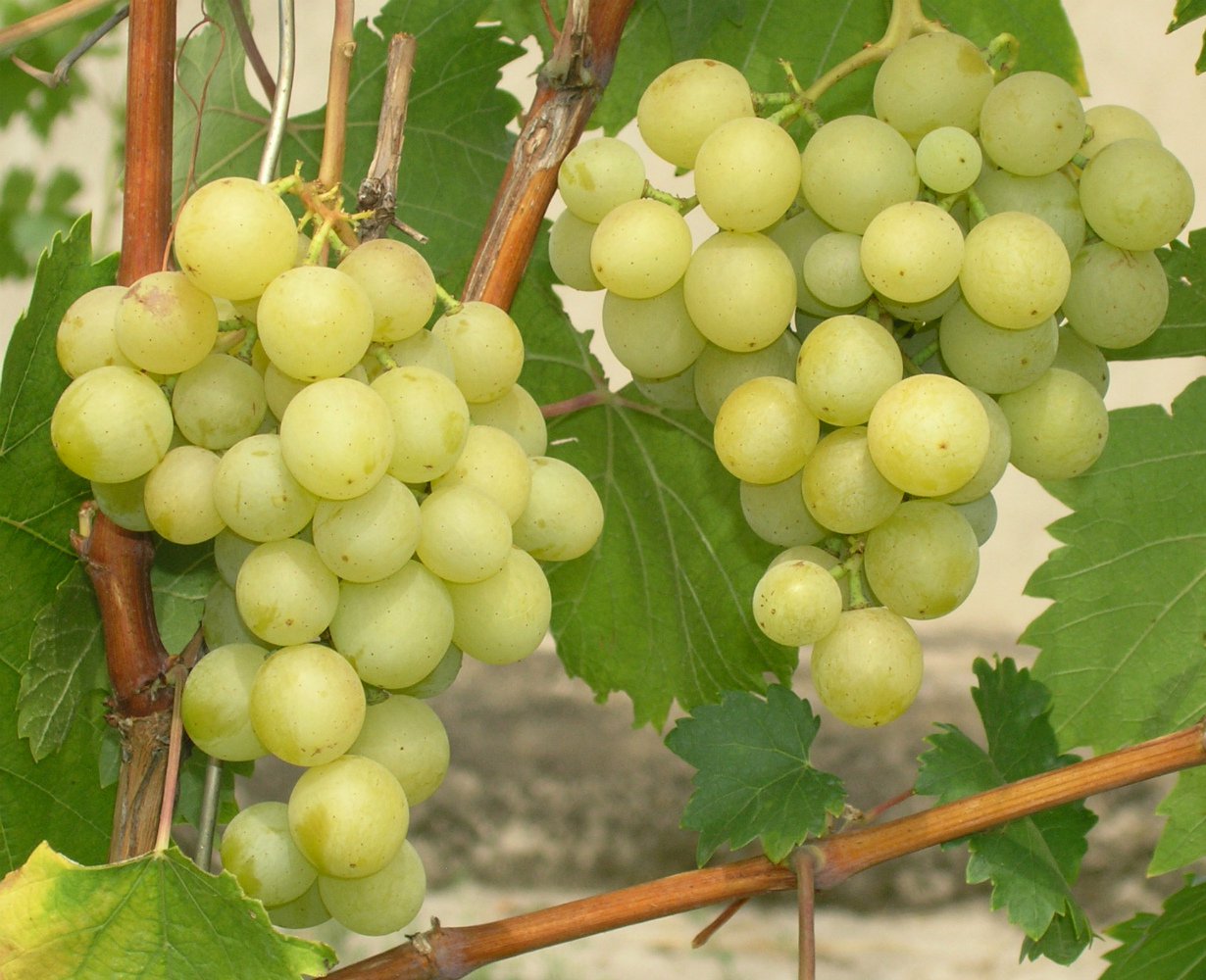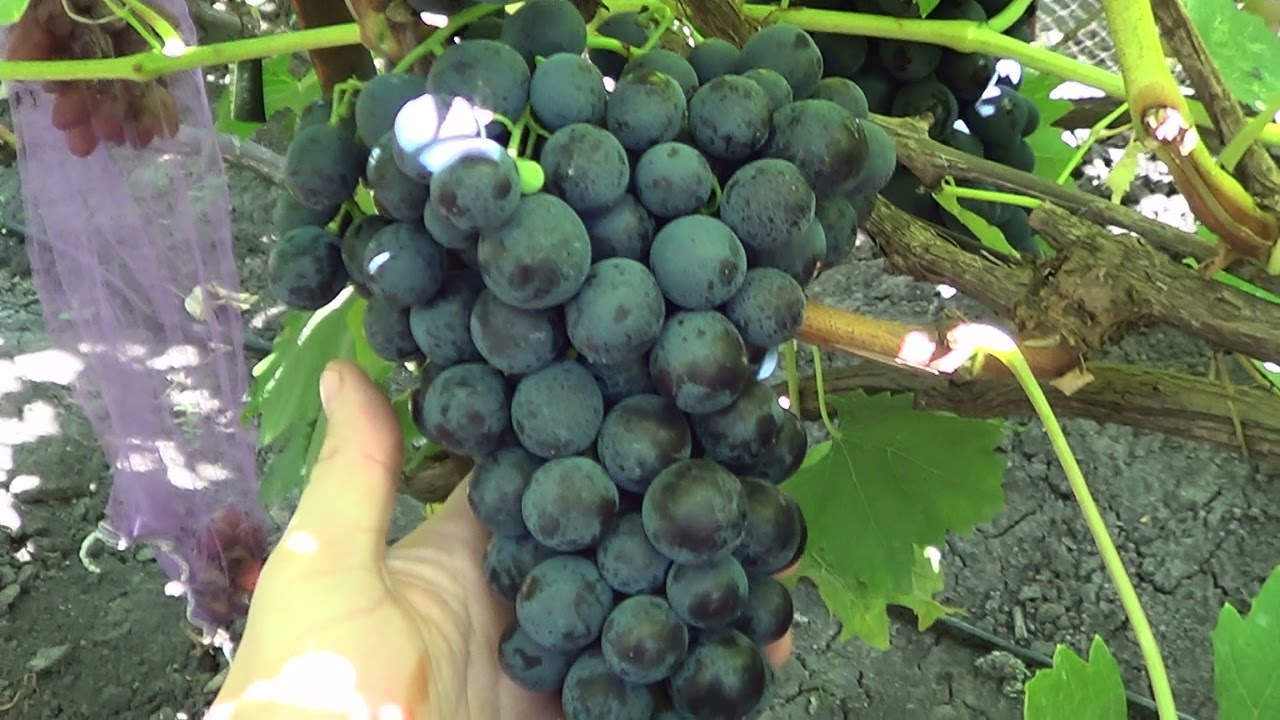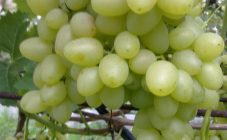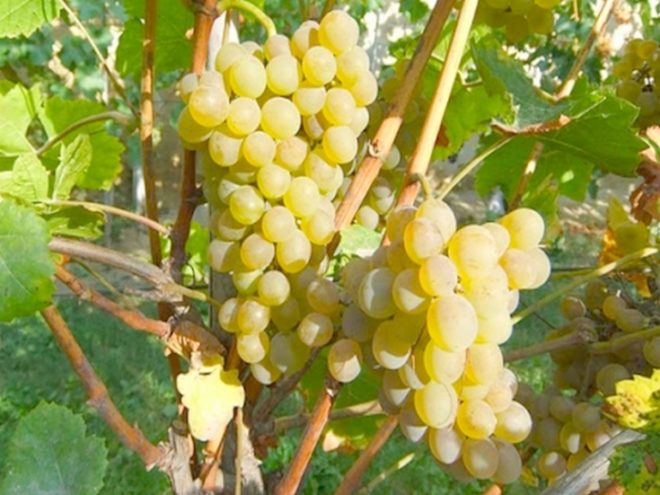Content:
Grapes have long been grown in the southern regions of many countries around the world. But bunches of sweet, sugar-rich fruits would like to grow on their plots gardeners and in more severe climatic conditions.
Thanks to the efforts of self-taught breeders and winegrowers, grape varieties have recently been created that have good resistance to frost and at the same time have excellent yields. At the same time, ripe berries of frost-resistant grapes are not inferior in taste to those grown in southern latitudes.
One of the finest frost-resistant grape varieties is Sharov's Riddle. How this variety was bred, its main characteristics and cultivation agricultural technology - all this will be discussed below.
General information about culture
Oddly enough, most of the grape varieties known in our country and abroad were bred by amateur breeders, who first cultivated varietal vineyards on their plots, and then began to display stamps suitable for Siberia and the Urals.
One of these amateur breeders was R.F.Sharov, who had more than 190 cultivars bred. It is noteworthy that they are all frost-resistant, suitable for growing in the central regions (Moscow region), and more northern regions (Ural and Primorye). This amateur winegrower was a design engineer by profession, but viticulture was "dragged on" him.
In 1972, through the efforts of this amateur breeder, a new interdepartmental hybrid variety was obtained, which was named "Sharov's Riddle". This grape, according to the idea of the "author", had to develop and bear fruit well in the most difficult conditions. For example, when the winters are long and harsh and the summer season is too short.
The composition and quality of parental pairs speaks about the complexity of breeding a new hybrid. At various times, the following grape varieties were used in the process:
- wild Amur grapes;
- Far East-60;
- Magarach-352;
- European Tukai.
As a result, an experienced winegrower got a hybrid, which received many positive qualities from its "parents", the main one of which was the ability to get good harvests during a short summer, while maintaining grape beds in a harsh winter.
These qualities became the reason for the popularity of the variety among summer residents of the Urals and other regions with similar climatic conditions.
Sharova grapes: variety description
The main characteristic of this variety of grapes is the rapid ripening of the bunches: from the moment the foliage appears to the collection of mature clusters of grapes, no more than 4 months pass. If, during the development of the vegetative mass, the vines were covered with a film, then the ripening period of the brushes can be reduced by 20-30 days, which is very important in Siberia or the Moscow region.
On the shoots, both female and male flowers appear at the same time, so it is not necessary to plant other pollinating varieties nearby. Ovaries appear on almost all shoots, so in order not to overload the vines, 2 clusters of unripe grapes are left on one shoot.
More about the possible harvest:
- Ripe clusters of this grape variety can be medium to large.
- The shape of the hands is slightly winged, not dense.
- The weight of a ripe bunch can reach 0.5 kg.
- The berries are round, dark blue, almost black, with a slight waxy bloom.
- The pulp is sweet and very juicy, literally melting in your mouth. The dense skin is practically not felt in food.
- The mass of a ripe berry does not exceed 3 g, which is an average indicator. Each contains no more than 3 seeds.
The variety is practically not damaged by wasps, and the berries are not prone to cracking even in rainy season.
The taste qualities of ripe berries are very pleasant, comparable to the Muscat variety, and due to the rather high percentage of sugars in them, they are sweet with a pleasant aftertaste of raspberries and strawberries.
In vines, the shoots are thin, but very flexible and strong. The internodes are small, the eyes are large. During the season, the shoots grow 3.5-4.5 meters, so they must be tied to the trellises. Due to its small thickness, the vine bends freely without breaking. Thanks to this quality, the growers calmly bend them to the ground, covering them for the winter, and are not afraid to break the shoots at the same time.
Do not forget the main feature, which is always emphasized when describing Sharov's Riddles grapes - high winter hardiness. The root system of this grape bush can withstand freezing of soils even to a depth of 30-40 cm, which is often the case in winter in Siberia and the Urals. The grape vine easily tolerates a drop in temperature to -30 ° C. In this case, it is not required to cover the plant especially.
The harvested crop tolerates transportation well without losing its presentation and taste. It can be safely stored. The berries do not lose their pleasant taste within 3-4 months.
Agrotechnics
It is much easier to grow this grape than most other varieties, since it is not picky about the soil, its fertility. As the creator of the Zagadka Sharova variety said, it will grow well and bear fruit even on stones.
However, to increase the yield, it is better to pre-fertilize the area on which this hybrid of grapes will grow. Before planting, you need to add humus (or compost) mixed with complex mineral fertilizers to the soil.
The size of the planting hole in diameter should be about 0.6 m, and in depth - up to 0.65 m. A layer of drainage material up to 5-6 cm thick is laid out on the bottom. Fine gravel or broken brick can be used as drainage.
A special pipe is drawn to the root system, through which the gardener will water in the first few seasons after planting. Any fertilizer is used as a nutrient layer; only fresh manure or bird droppings should not be laid. The next layer is garden soil, on which the seedling will be placed. After planting, the soil should be tamped a little and a bucket of water should be poured under each plant.
Further care consists in carrying out regular watering (without flooding the soil), loosening the trunks, removing weeds and carrying out regular pruning.
Even if the shoots of the current year do not have time to ripen before the onset of cold weather, there is nothing wrong with that, since most of them are removed during the autumn pruning process. As a result, in autumn the vines become much shorter, it is easier to cover them for the winter. In the spring, it is easier to stretch polyethylene greenhouses over short shoots.
Advantages and disadvantages of the variety
The main advantages of this grape variety include:
- excellent resistance to frost (among all varieties, it is the hybrid Sharov's Riddle that is one of the most frost-resistant);
- not picky about the composition of the soil;
- thin shoots (thanks to this quality, the vine is easy to cover before the onset of winter);
- growing season takes place in a short time;
- the variety is early maturing;
- not picky about growing conditions;
- yield is above average, fruiting is stable;
- ripe berries have a pleasant taste, are versatile in use;
- the appearance of flowers of both sexes;
- clusters after ripening hang for a long time on the bushes;
- the harvested crop can be stored for several months.
The main disadvantage of this grape is its low resistance to fungal diseases, in particular to mildew. Therefore, winegrowers should regularly inspect the vines, carry out preventive treatments of the aboveground part of the bushes, and always have the appropriate preparations available.
Based on the foregoing, the best gift that can be given to a winegrower from the northern regions is a seedling of Sharov's Riddle.
